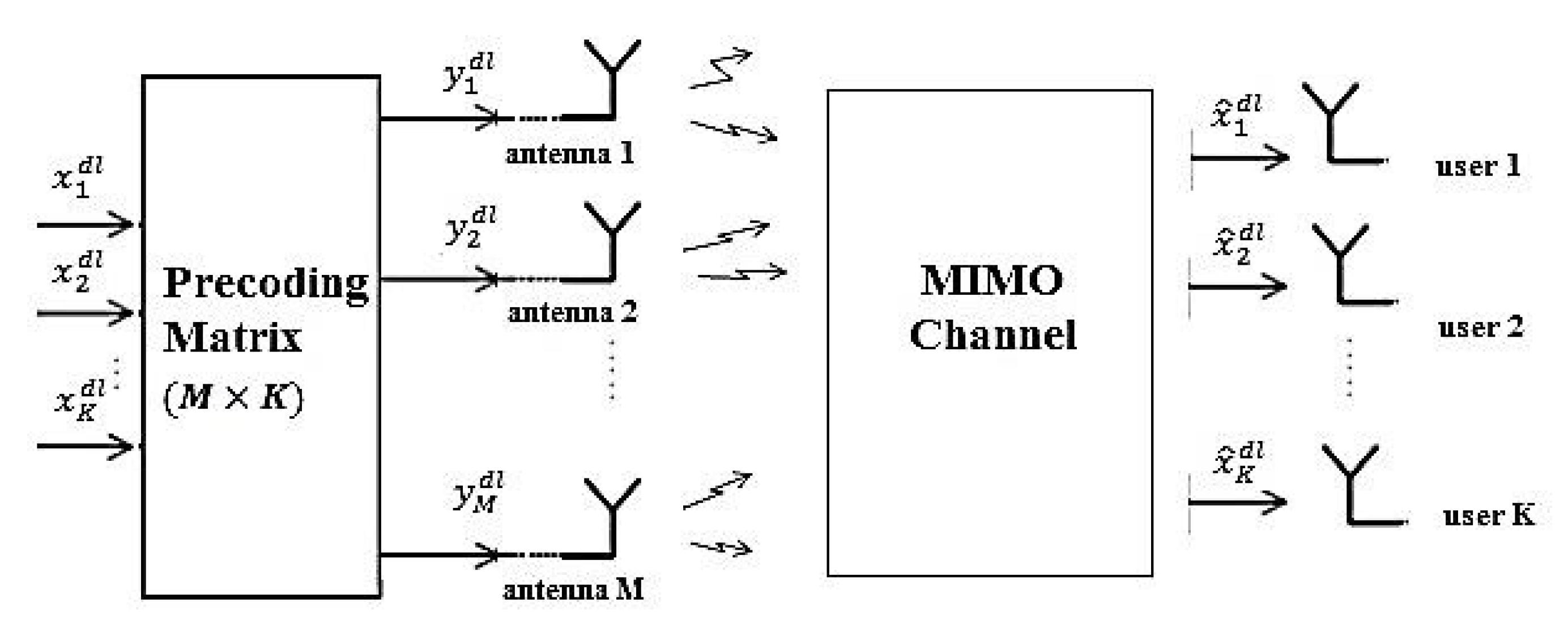


MIMO is often traced back to 1970s research papers concerning multi-channel digital transmission systems and interference (crosstalk) between wire pairs in a cable bundle: AR Kaye and DA George (1970), Branderburg and Wyner (1974), and W. MIMO is fundamentally different from smart antenna techniques developed to enhance the performance of a single data signal, such as beamforming and diversity. Although this "multipath" phenomenon may be interesting, it's the use of orthogonal frequency division multiplexing to encode the channels that's responsible for the increase in data capacity.

In modern usage, "MIMO" specifically refers to a practical technique for sending and receiving more than one data signal simultaneously over the same radio channel by exploiting multipath propagation. Īt one time, in wireless the term "MIMO" referred to the use of multiple antennas at the transmitter and the receiver. More recently, MIMO has been applied to power-line communication for three-wire installations as part of the ITU G.hn standard and of the HomePlug AV2 specification. MIMO has become an essential element of wireless communication standards including IEEE 802.11n (Wi-Fi 4), IEEE 802.11ac (Wi-Fi 5), HSPA+ (3G), WiMAX, and Long Term Evolution (LTE). In radio, multiple-input and multiple-output, or MIMO ( / ˈ m aɪ m oʊ, ˈ m iː m oʊ/), is a method for multiplying the capacity of a radio link using multiple transmission and receiving antennas to exploit multipath propagation.


 0 kommentar(er)
0 kommentar(er)
